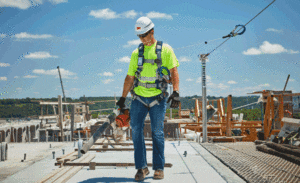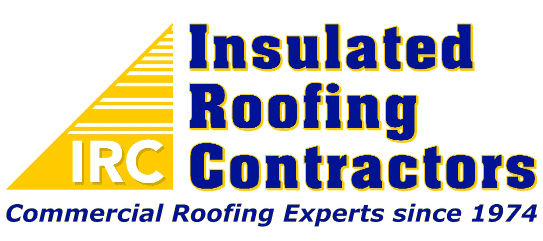Fall Protection
Falls and falling objects can result from unstable working surfaces, ladders that are not safely positioned, and misuse of fall protection. Falls are among the most common causes of serious work related injuries and deaths and account for disabling roughly 400,000 workers each year. Workers are subject to falls or to the dangers of falling objects if sides and edges, floor holes, and wall openings are not protected. Any time a worker is at a height of six feet or more (construction industry) or four feet or more (general industry), the worker must be protected.
Fall protection must be provided for each employee on a walking/working surface with an unprotected side or edge at the height required by the OSHA standard applicable to their work environment. To assure proper protection is set into place, management is required to:
- Develop, implement and commit to a fall protection program
- Provide training on the fall protection program
- Evaluate the program on a regular basis to insure the program’s effectiveness and determine whether it needs to be changed or updated
Employers are required to assess the workplace to determine if the walking/working surfaces on which employees are to work have the strength and structural integrity to safely support workers.
Once employers have determined that the surface is safe for employees to work on, the employer must select one of the options of fall protection listed for the work operation if a fall hazard is present:
- Where protection is required, select fall protection systems appropriate for given situations.
- Use proper construction and installation of safety systems.
- Supervise employees properly.
- Train workers in the proper selection, use, and maintenance of fall protection systems.
If you are on ground level:
- Watch out for slippery spots such as oil, grease or water spills.
- Use aisles. Don’t take shortcuts through storage and machinery areas.
- Look out for objects on the floor that can roll, slide or trip you.
If you are higher up:

- Don’t run on stairs. Use a handrail.
- Inspect safety harnesses and lines before using them.
- Never jump from work stages, trucks, or loading docks.
- Use ladders the right way.
Ladder use:
- Inspect a ladder for cracks and loose rungs.
- Choose a ladder long enough so you can stay off the top.
- Face the ladder when ascending or descending.
- Ensure that only one person at a time is on a single ladder.
- Climb with both hands holding the rungs.
- Do not overreach. Be sure of our balance by keeping your belt buckle between the rails.
- A ladder should have safety feet. Use a board on soft earth or to level the feet.
The 4 to 1 rule: Set the ladder one foot out for every four feet up to the point of support. Rungs are one foot apart so it’s easy to figure the angle.
Conclusion
Falls from heights 6 feet or more frequently result in serious injury or death. Protect yourself by identifying work situations where falls are likely. Report unsafe conditions to your supervisor. Follow safe work practices—do not take risks. Use fall protection equipment (ladders, scaffolding, aerial lifts, etc.) properly. Use the appropriate personal fall-arrest, fall-restraint, or positioning-device systems where required. Inspect and maintain personal fall-arrest, fall-restraint, or positioning-device systems before and after each use. Participate in training and always use caution when there is potential for a fall.
